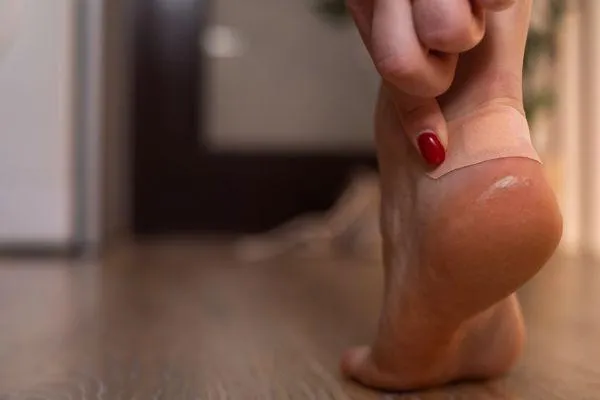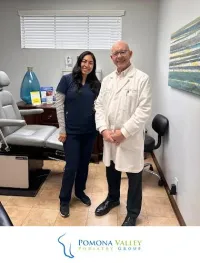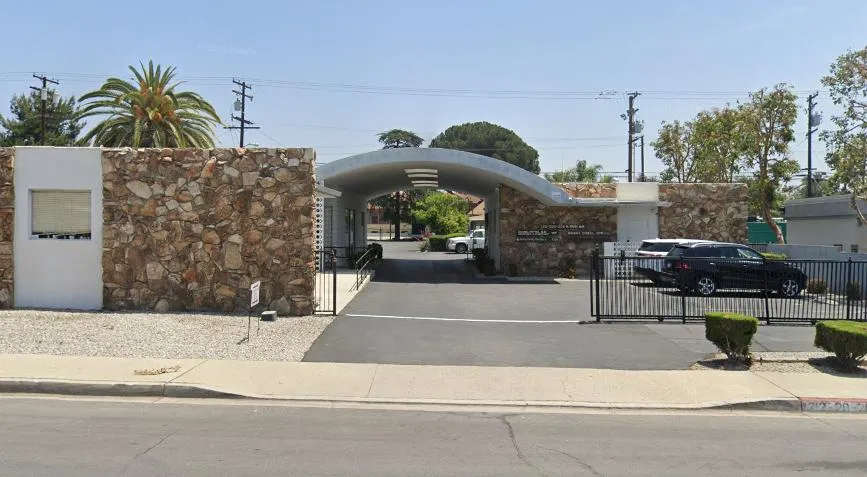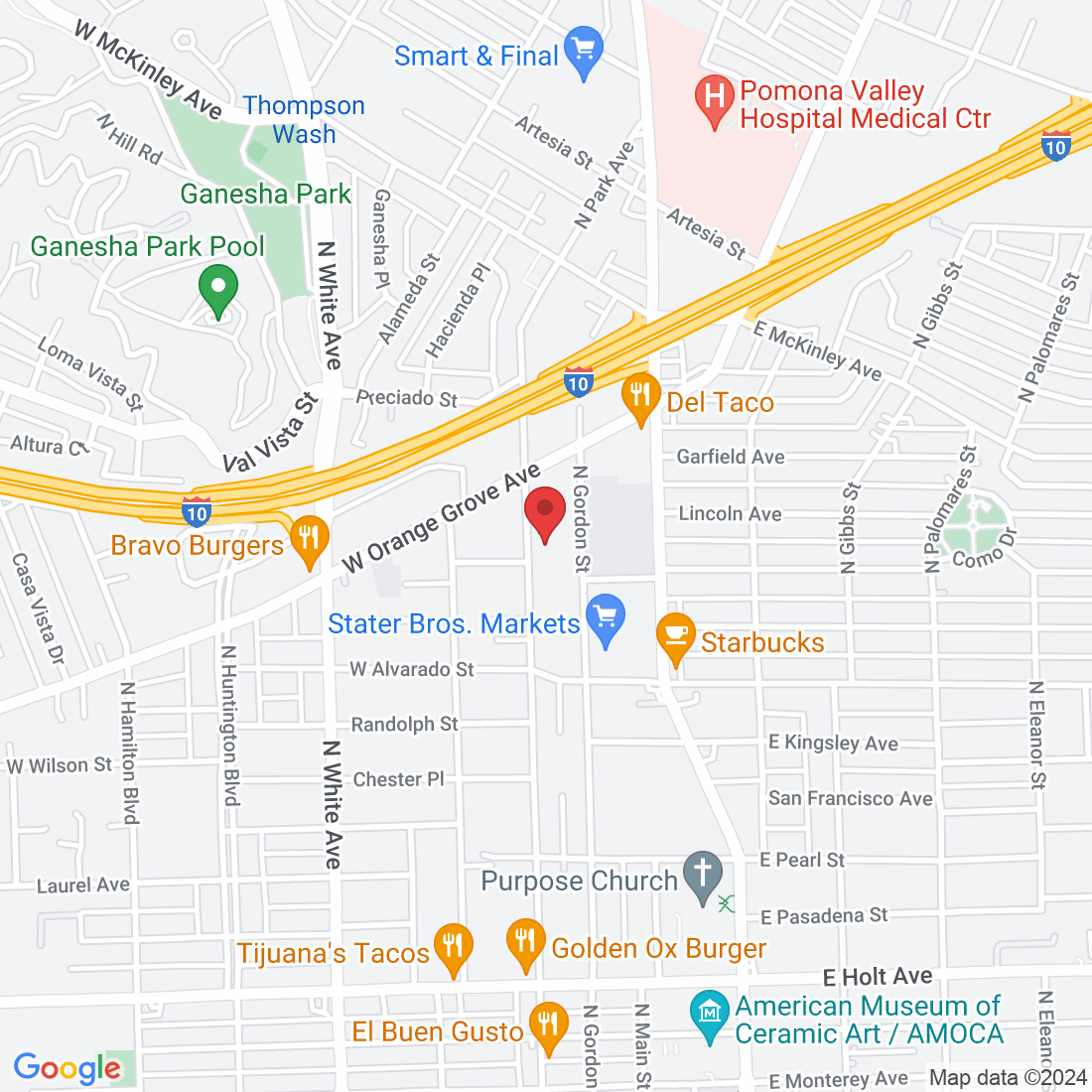
The Role of Corns and Calluses in Foot Health: When They’re a Problem
Corns and calluses are common foot conditions that many people experience, but what exactly are they, and when do they become a problem? While they are often harmless and can even protect the skin from friction, corns and calluses can sometimes lead to discomfort and other foot health issues if not managed properly. In this post, we’ll explore the role of corns and calluses in foot health and discuss when they can become problematic.
What Are Corns and Calluses?
Both corns and calluses are thickened areas of skin that form as a response to repeated pressure or friction. They often appear on the feet, especially on the toes, heels, or the balls of the feet.
Corns: Corns are small, hardened areas of skin that typically form on the tops or sides of toes. They usually have a hard center surrounded by inflamed skin and can be quite painful, especially when pressed.
Calluses: Calluses are larger, thicker areas of skin that develop on the soles of the feet, usually under the balls of the feet or heels. They tend to be less painful than corns, though they can cause discomfort if they grow too large or become cracked.
The Purpose of Corns and Calluses
In a way, corns and calluses are protective mechanisms for the feet. They form as a natural response to repeated friction or pressure from walking, standing, or wearing ill-fitting shoes. For instance, if your shoes rub against the side of your toe, a corn may develop to protect the skin from damage. Similarly, calluses form on the soles of your feet as a cushion to reduce pressure during weight-bearing activities.
However, while corns and calluses can serve a protective purpose, they can become problematic if left unchecked.
When Corns and Calluses Become a Problem
While corns and calluses are usually harmless, they can become painful and problematic in the following situations:
Excessive Pressure and Pain
If corns or calluses grow too large or are located in areas that experience consistent pressure—like under the heel or ball of the foot—they can become painful. The hardened skin can press into the deeper layers of tissue, causing discomfort, irritation, and even inflammation.Infection
When corns or calluses crack or become too thick, they can create an opening in the skin, making the area more susceptible to infection. Bacteria can enter through the cracks, leading to redness, swelling, and potentially more serious complications.Impaired Mobility
If corns or calluses cause enough pain, they can interfere with your ability to walk properly. This can lead to an altered gait, which in turn may cause additional foot problems, such as pain in other areas of the feet, knees, or hips due to compensating for the discomfort.Worsening with Poor Footwear
Wearing shoes that don’t fit properly—especially tight shoes, high heels, or shoes with inadequate support—can exacerbate corns and calluses. The constant friction and pressure from these types of footwear can lead to thicker, more painful skin growths, which may require professional treatment.Underlying Health Conditions
For people with certain medical conditions, like diabetes or poor circulation, corns and calluses can become a bigger issue. People with diabetes, for example, may not feel the pain from corns or calluses due to nerve damage, leading to the condition worsening without notice.
When Should You Seek Treatment?
Most cases of corns and calluses can be managed at home, but there are times when professional care is needed. You should seek treatment from a podiatrist if:
Pain persists or worsens despite home care.
The corn or callus becomes infected (redness, swelling, pus).
You notice changes in the appearance of the corn or callus, such as increased size or cracking.
You have an underlying health condition, such as diabetes or circulatory problems, which increases the risk of complications.
A podiatrist can provide several treatment options to manage and remove corns and calluses safely. These may include professional trimming, the use of custom orthotics to reduce pressure, or advice on footwear changes to alleviate friction.
Tips for Preventing Corns and Calluses
Here are some preventive measures you can take to reduce the risk of developing corns and calluses:
Wear Properly Fitting Shoes: Choose shoes that fit well and provide proper arch support, with enough room in the toe box to avoid rubbing and pressure.
Use Cushioned Insoles: Cushioned insoles or pads can help reduce pressure on the balls and heels of your feet, preventing calluses from forming.
Regular Foot Care: Regularly exfoliate your feet to remove dead skin and keep them smooth. Moisturizing your feet also helps prevent the skin from hardening.
Avoid Tight Socks or Hosiery: Tight socks can create friction, leading to the formation of corns and calluses. Choose socks that fit properly and are made from breathable materials.
Address Foot Issues Early: If you notice any discomfort or abnormal growths on your feet, address them early to prevent them from becoming a more significant issue.
Conclusion
While corns and calluses are a natural response to pressure and friction, they can become a problem if not properly managed. By taking steps to prevent them and seeking professional treatment when necessary, you can keep your feet healthy, comfortable, and pain-free.
If you're dealing with corns, calluses, or other foot issues, don't hesitate to reach out to Pomona Valley Podiatry Group. Our team is here to help you keep your feet in great shape!
Ask And His Team
Fill in the form to request a Call From Our Team
One of our team will call you for FREE and answer any questions or concerns you may have about your uncomfortable foot condition





